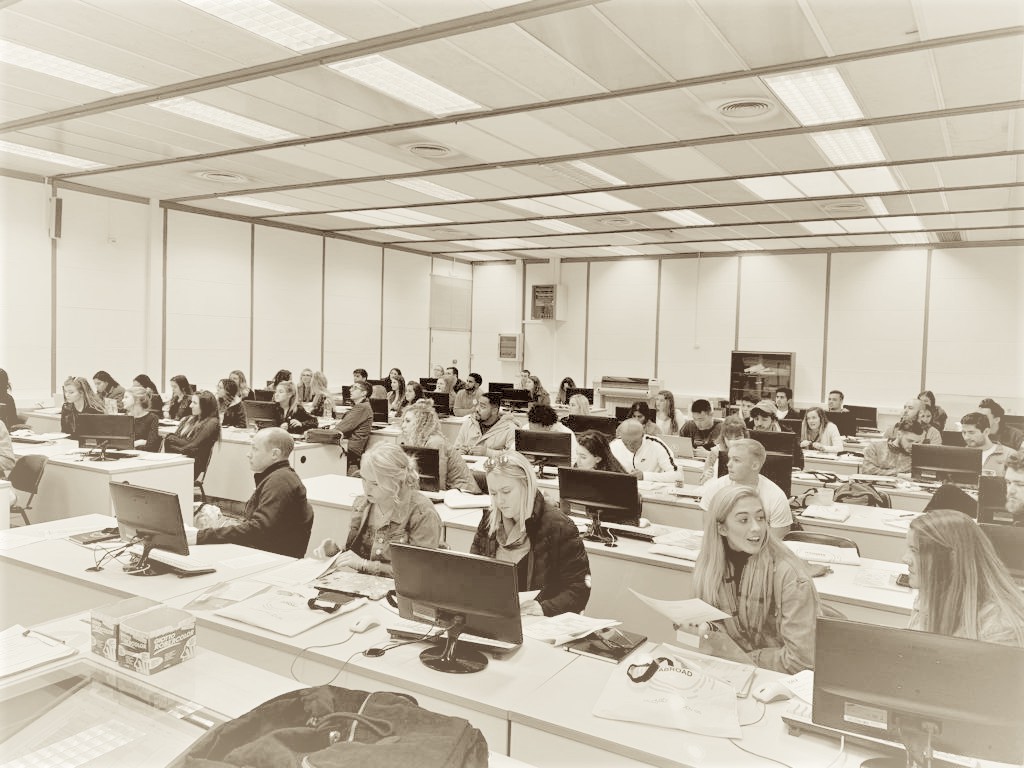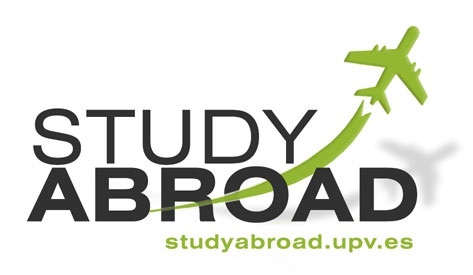
|
|

• Attendance
• Assessments
• Sexual Harassment Policy
• Students With Disabilities
• Academic Honesty Policy
• University Ombudsman
• Statement On Audio And Video Recording
• Syllabus Change Policy
(PHYS) Physics for Scientists and Engineers II Lab
1 Credits | 100 Level | 30 Contact hours
Textbook: Lab guides downloadable from UPV/PoliformaT web site.
The purpose of the physics laboratory is to allow students to witness the concepts and physical laws that are introduced in lectures. You will also be exposed to elementary laboratory techniques. Experiments will usually be performed in groups, and each group will turn in a team lab report.
Lab 1: Orientation. Uncertainties
Lab 2: Mathematical modeling of physical phenomena
Lab 3. Gas law
Lab 4: Electrostatics. Mapping electric fields
Lab 5: The Oscilloscope
Lab 6: The Capacitor
Lab 7: DMM. Resistors and circuits
Lab 8: Electric equivalent of heat
Lab 9: EMF source and CEMF receptor. Internal resistance (session 1)
Lab 10: EMF source and CEMF receptor. Internal resistance (session 2)
Lab 11: Self-inductance and mutual inductance coefficient
Lab 12: AC. RLC circuit
Lab 13: Conclusions and evaluation
1. The student will demonstrate problem solving skills in various types of problems in physics using quantitative reasoning, critical thinking and appropriate mathematical techniques.
2. The student will demonstrate the ability of use scientific methods to understand and explain concepts in physics.
3. The student will be able to connect physics concepts and problems to their world experience.
4. The student will demonstrate skills in collection and interpretation of data from laboratory experiments
5. Properly use and read: scales, calipers, digital voltmeters, micrometer and balances.
6. Develop proper habits that minimize uncertainty in physical measurements.
7. Set up and solve problems related to the propagation of errors and uncertainties.
8. Understand and properly use significant figures.
9. Plot and fit experimental data to a given mathematical model.
10. Proficiency in troubleshooting, problem-solving and interpreting the results of physical measurements.
11. Develop effective written and verbal communications skills to ensure accurate transfer of technical information.
After each session the student will write a report to be evaluated. The attendance is compulsory: no attendance means no assessment of the report. Lab reports must follow an assessment rubric.
|
